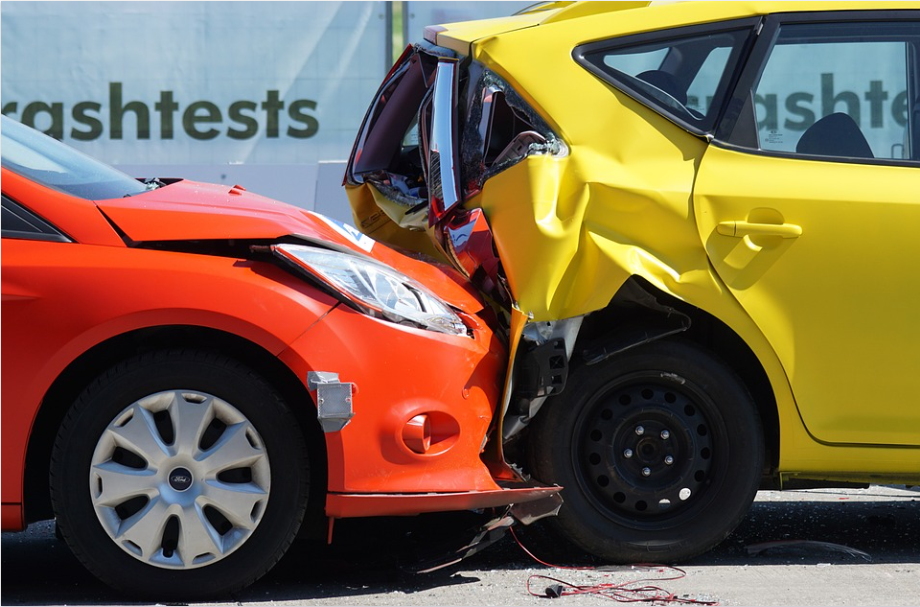
Being involved in a car accident is one of the most stressful and traumatic experiences you can go through. While some accidents are unavoidable, there are steps you can take to reduce your chances of getting into an accident. In this blog post, we’ll be looking at 10 ways to improve safety before you get into a car accident. Let’s get started!
Always Wear Your Seatbelt
Wearing your seatbelt is one of the easiest and most effective ways to prevent serious injury or death in a car accident. When you buckle up, you’re ensuring that your body won’t be thrown from the vehicle if it hits something or flips over. You should always wear your seatbelt, even if you’re only going for a short drive.
Keep Your Eyes on the Road
Distracted driving is one of the leading causes of car accidents. It’s important to keep your eyes on the road when you’re driving, as any distraction could cause an accident. Put away any electronic devices and avoid engaging in activities such as eating or drinking while driving.
Drive Within the Speed Limit
Obeying speed limits is essential for keeping everyone safe on the roads. Not only does speeding increase your risk of being involved in an accident, but it also increases the severity of any injuries that result from it. Make sure that you always drive within the speed limit and adjust your speed depending on weather and traffic conditions.
Avoid Aggressive Driving Behaviors
Aggressive driving behaviors such as tailgating, weaving between lanes, and sudden braking can put yourself and other drivers at risk of an accident or injury. You should avoid engaging in these behaviors whenever possible and remember to stay calm when driving—no matter how frustrating or irritating another driver may be acting towards you.
Monitor Tire Pressure Regularly
Proper tire pressure is essential for ensuring good traction while driving and avoiding skidding or sliding on wet surfaces—which could lead to an accident more quickly than you think. Make sure that all four tires are inflated properly before each journey by using a tire pressure gauge to check each one individually (or have them checked at your local garage).
Check All Lights Regularly
Headlights, brake lights, turn signals—they all need to be working properly so that other drivers can clearly see what direction you are turning or stopping in! Check all lights regularly by manually testing them before each journey (or have them checked at a garage).
Get Plenty Of Rest Before Driving
Drowsy driving puts everyone at risk! Make sure that you get plenty of rest before getting behind the wheel; if possible try to get 8 hours sleep each night so that you don’t feel too tired while driving during the day time hours when fatigue sets in more quickly.
Monitor Weather Conditions Before Driving
Bad weather conditions such as fog or snow can significantly decrease visibility for drivers; make sure that you monitor weather alerts before setting off on long journeys so that if conditions become hazardous then alternate routes can be taken instead.
Take Breaks On Long Journeys
Taking regular breaks on long journeys allows drivers to stretch their legs and take their eyes off the road for a few minutes; this reduces fatigue which can cause accidents more quickly than usual.
Have Your Car Serviced Regularly
A well-maintained car will perform better than one which hasn’t been serviced recently; make sure that all fluids such as engine oil or transmission fluid are topped up regularly (as per manufacturer recommendations) and have anything else checked out by a qualified mechanic if necessary too.
Keeping yourself safe while out on the roads requires vigilance and preparation—but with these 10 tips we hope it becomes easier for everyone. Remember to always wear your seatbelt, keep your eyes on the road, drive within speed limits and avoid aggressive behaviors like tailgating, monitor tire pressure/weather conditions/lights regularly, take regular breaks and get plenty of rest before setting off on long trips, and have your car serviced regularly. These small steps will help ensure safer roads for everyone—so start today. And if you do get into a serious wreck, be sure to contact a Motor Vehicle Accident Injury Attorney, who can help you with all the legal work if you get injured or your car is seriously damaged.


